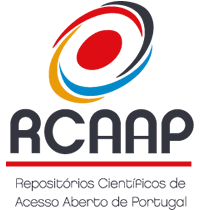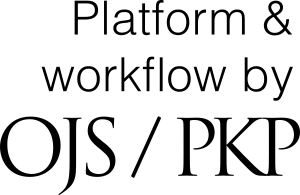Decomposition of intestine: contribution of Escherichia coli in cadaveric phenomena
DOI:
https://doi.org/10.48797/sl.2025.299Keywords:
PosterAbstract
Background: The determination of the postmortem interval (PMI) can provide valuable information and can be assessed through the study of cadaveric phenomena, which involves changes in the microbial load of deceased tissues. E. coli is a commensal microorganism commonly found in the intestine, making it potentially significant. Objective: This study aimed to explore whether the death of tissues promotes or suppresses the growth of intestinal bacteria. It also examined whether environmental factors, such as heat and dryness, can significantly influence microbial proliferation and lead to noticeable tissue changes. The findings are expected to offer deeper insights into the relationship between cadaveric decomposition and (necro)microbial activity. Methods: For pre-inoculum preparation, E. coli was cultured on LBA and incubated for 24 h at 37°C. For the inoculum, the cells were inoculated in LB broth and incubated for 18 h at 37°C. After 16 h, the OD of the inoculum was adjusted to OD600 = 1, corresponding to 10E8-10E9 cells/mL. Fresh pig intestine was used. The procedure was conducted in an in vitro simulation, at 37°C and 5% relative humidity. The inoculum was placed under conditions mimicking a hot and dry environment using an incubator. Intestinal pieces were placed in 6-well plates with RPMI-1640 medium, allowing bacterial growth. For each designed time point (0, 5, 24, 48 and 120h), 20μL was pipetted, and dilutions were made (from -1 to -8) in a 96-well plate previously filled with 180μL of PBS. The plates were then inoculated for CFU counting by pipetting 10μL onto LBA solid agar plates for the -6, -7 and -8 dilutions. Results: Results were analyzed by counting CFU, and the plates were photographed. In the E. colitrial, proliferation was observed to be so extensive across all evaluated time points that precise quantification could not be achieved. To minimize the risk of reporting inaccurate data and drawing uncertain conclusions, it was conservatively concluded that E. coli continued to replicate beyond the 120h mark. Conclusions: E. coli may prove useful in estimating longer PMI; however, an increased number of dilutions will be required to achieve accurate and reliable quantification. Further in-depth and large-scale studies will be necessary to draw definitive conclusions.
References
1. Brooks, J. W. Postmortem changes in animal carcasses and estimation of the postmortem interval. Veterinary Pathology 2016, 53(5), 929–940, doi: 10.1177/0300985816629720
2. Barron, M. Microbial Fingerprinting: Postmortem Microbiome and Forensics. American Society for Microbiology 2022
3. Puay Yen Yap and Dieter Trau, T. B. P. L. S. (n.d.). DIRECT E.COLI CELL COUNT AT OD600. Https://Www.Tipbiosystems.Com/Wp-Content/Uploads/2023/12/AN102-E.Coli-Cell-Count_2019_04_25.Pdf.
4. Alves, A.M.C.V. et al. Characterization of Oral Candida spp. Biofilms in Children and Adults Carriers from Eastern Europe and South America. Antibiotics 2023, 12(5), 797, doi: 10.3390/antibiotics12050797
Downloads
Published
How to Cite
Issue
Section
License
Copyright (c) 2025 Maria Silva Azevedo, Célia Fortuna Rodrigues

This work is licensed under a Creative Commons Attribution 4.0 International License.
In Scientific Letters, articles are published under a CC-BY license (Creative Commons Attribution 4.0 International License), the most open license available. The users can share (copy and redistribute the material in any medium or format) and adapt (remix, transform, and build upon the material for any purpose, even commercially), as long as they give appropriate credit, provide a link to the license, and indicate if changes were made (read the full text of the license terms and conditions of use).
The author is the owner of the copyright.









